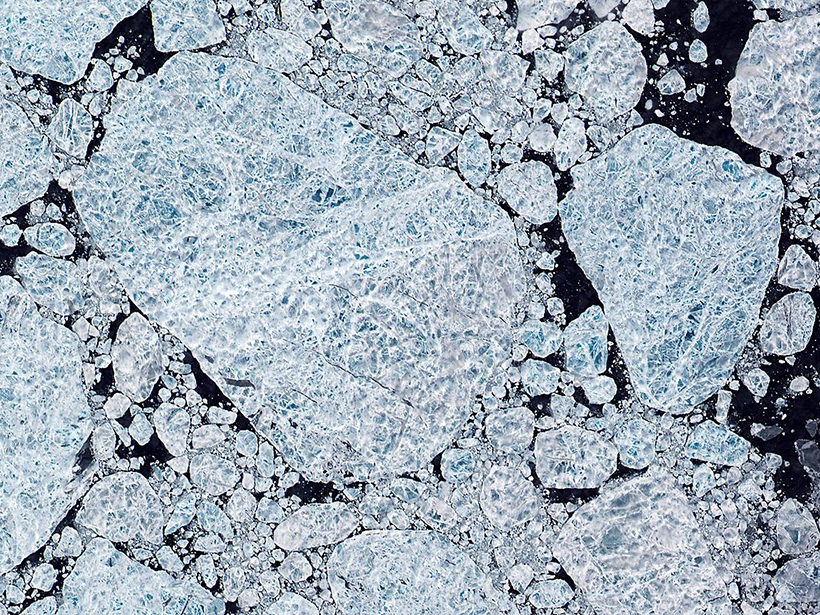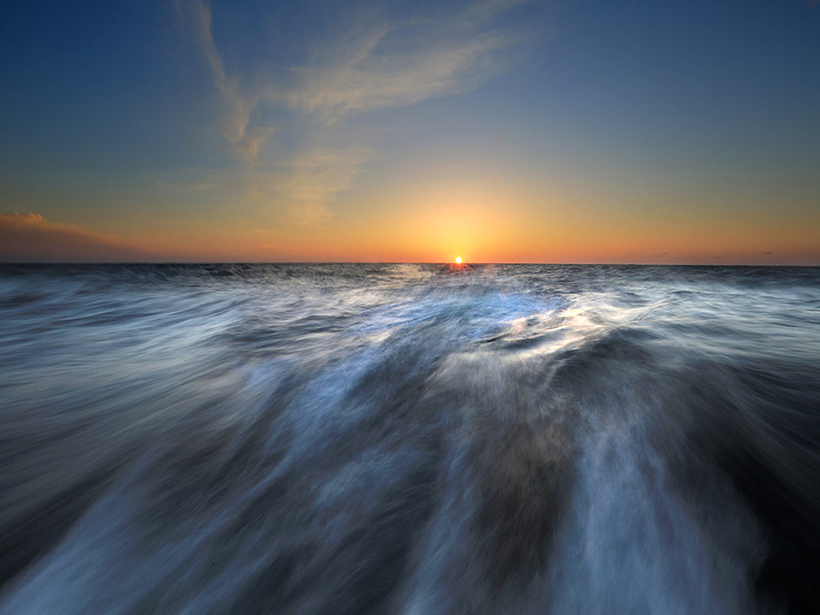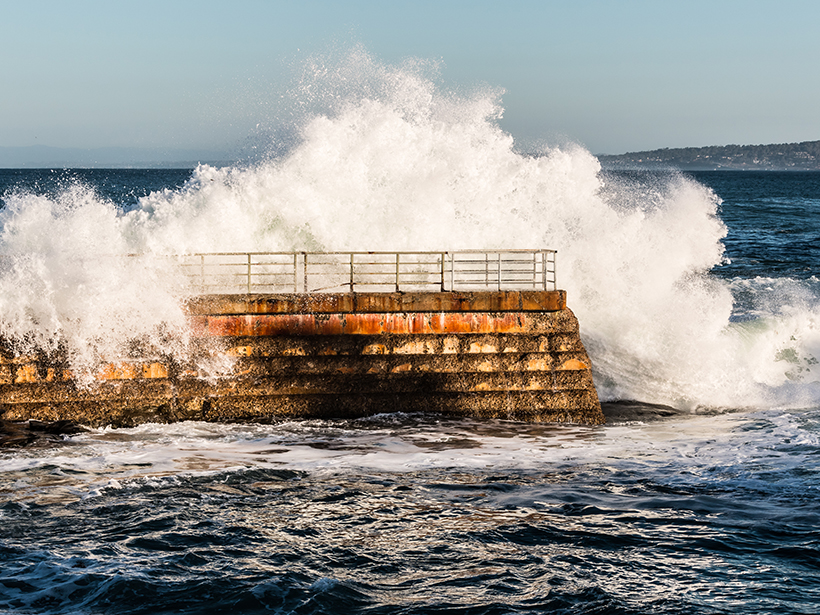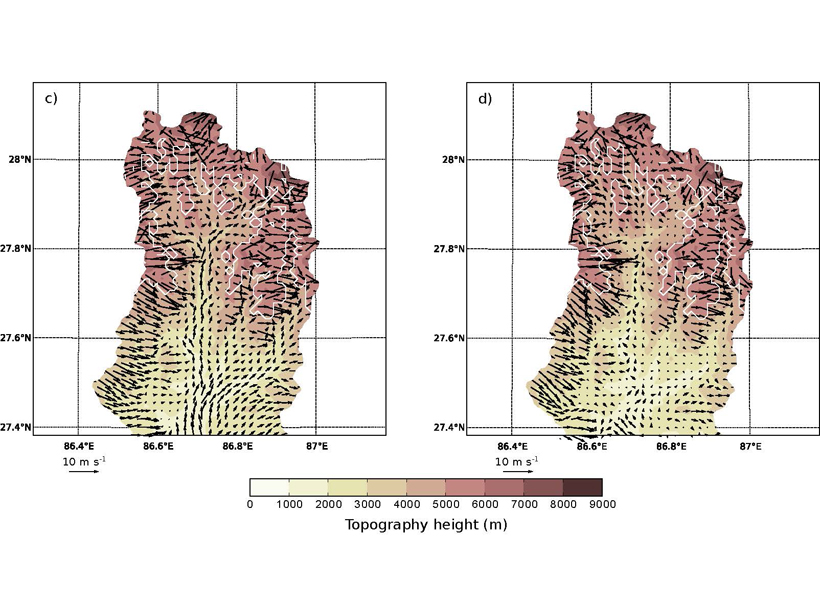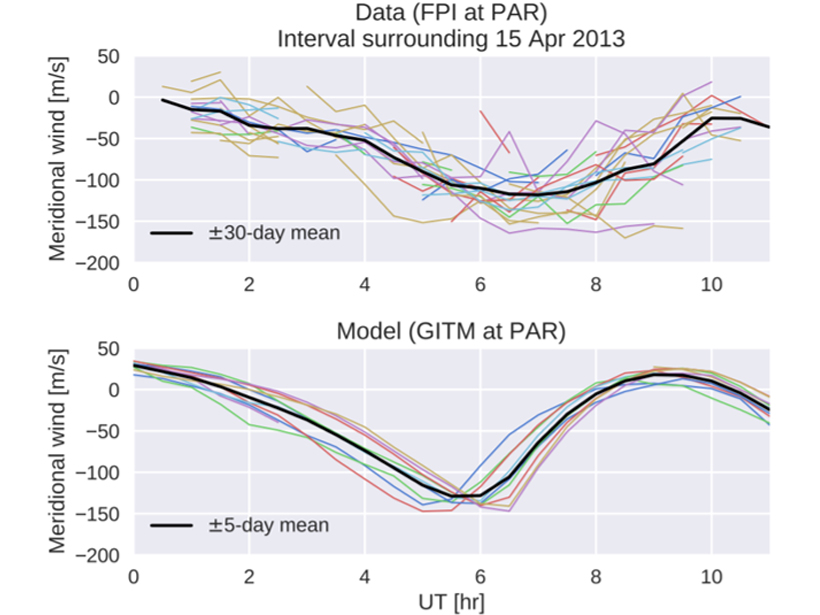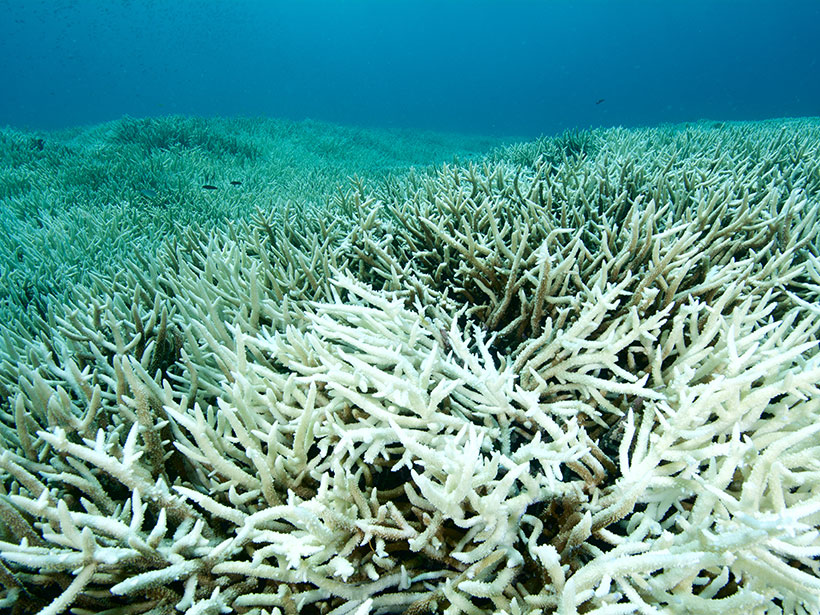Ground motion caused by gusts of wind can drown out signals from the smallest earthquakes, potentially confusing earthquake detection algorithms.
wind
Shifting Winds Drive Ocean Temps Along South African Coast
A new study could help manage sardine populations in coastal waters.
How Will the Jet Stream Respond to Future Warming?
Simulations that test different approaches to modeling radiation suggest a commonly used scheme fails to fully capture changes in midlatitude circulation associated with climate change.
Strong Winds Leave Arctic Regions on Thin Ice
A warming event in Siberia caused winds to strip sea ice from the Arctic’s Wandel Sea.
Numerical Models Overestimate Near-Inertial Wind Power Input
The first study to estimate the global wind power on internal gravity waves based solely on observations offers a new benchmark for comparing future calculations.
Ocean Warming Resumes in the Tropical Pacific
The discovery of a decadal El Niño–like state associated with shifts in the Pacific trade winds could have important implications for predicting sea level in future decades.
What Drives Surface Winds in a Deep Valley?
Surface winds in a Himalayan valley are found to vary daily and seasonally due to factors including pressure gradient, advection, turbulent vertical mixing, and the presence of glaciers.
Windy Weather in the Thermosphere
The weather in the thermosphere includes winds that buffet spacecraft as they orbit the Earth, but how well can these winds be modeled?
How Arctic Cyclones Change the Sea Ice
Whirlwinds disrupt the sea ice in the Arctic Ocean. Scientists are now beginning to understand how.
How Ningaloo Niño Supercharges the El Niño–Southern Oscillation
The warm current cools the tropical Pacific and strengthens trade winds.




